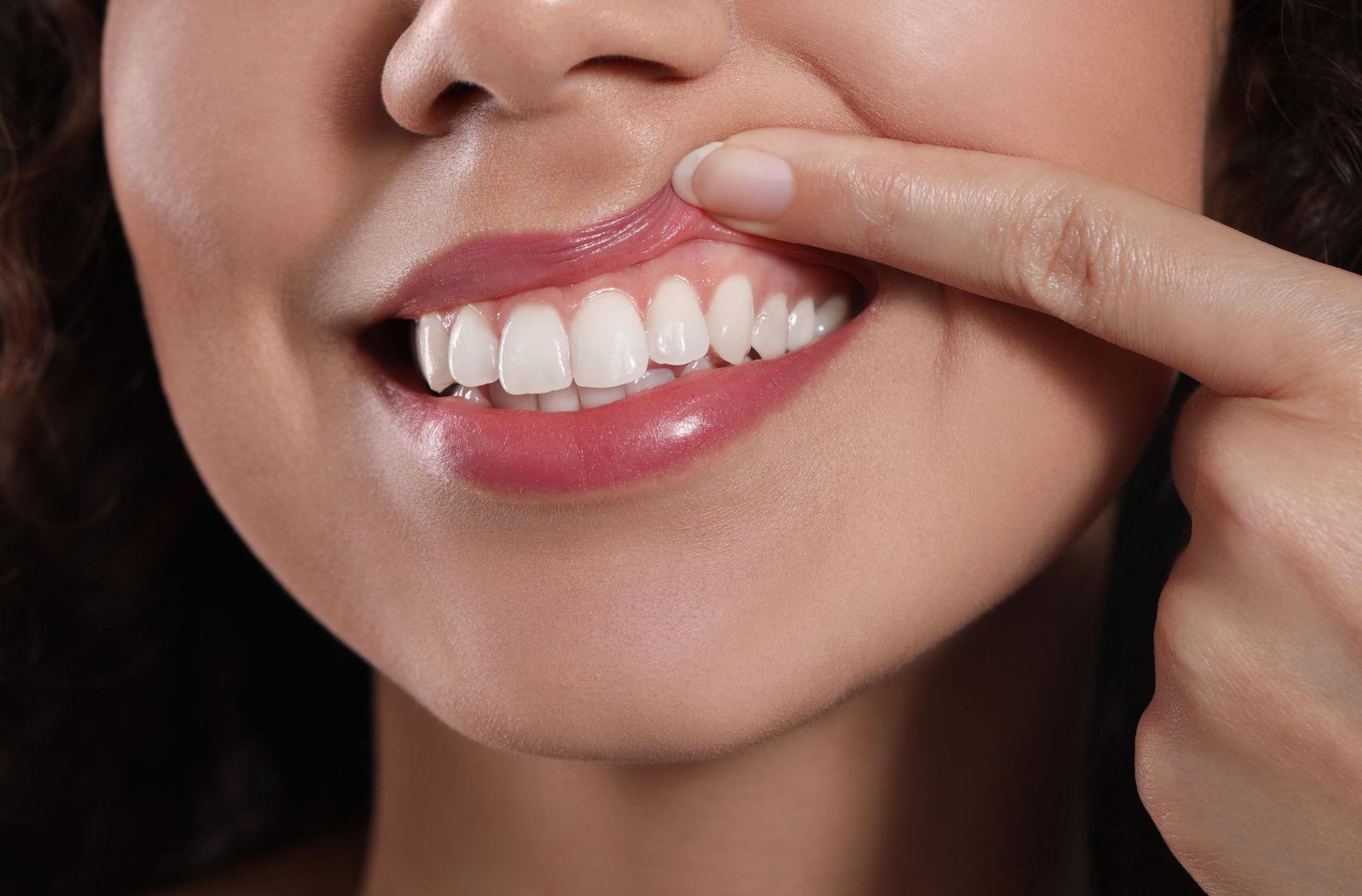How to Tell if You Need a Tooth Extraction
Sometimes, it’s easy to dismiss tooth pain and hope it resolves on its own. Yet, lingering discomfort or chronic dental issues can signal that more serious steps, such as a tooth extraction, may be necessary. Imagine waking up with throbbing pain that makes sipping your morning coffee a challenge. It’s tempting to ignore the problem or temporarily treat it with painkillers. However, being proactive about oral health is the best way to ensure you keep your smile bright and your teeth healthy. Below are several insights that can help determine whether a tooth extraction is the best course of action for you or a loved one.
Why Might a Tooth Extraction Be Needed?
There are many reasons why a dentist might recommend a tooth extraction. One of the most common factors involves advanced tooth decay, which can weaken the tooth beyond repair. Even with fillings or root canal treatment, damage may be so extensive that it compromises the integrity of the tooth. When a tooth is no longer stable or is causing persistent pain, a tooth extraction can help prevent an infection from spreading to other teeth and gums.
In addition, severe gum disease (periodontal disease) can loosen teeth to the point where they cannot be saved. When bacteria weakens the supporting structures, an extraction could be the most effective way to stabilize the rest of the mouth.
A tooth extraction is also sometimes recommended for orthodontic reasons. If there is overcrowding, removing a tooth can create the necessary space for other teeth to align correctly. This can streamline orthodontic treatment and help achieve a more balanced, functional bite. While the idea of losing a tooth may be unsettling, remember that a tooth extraction is often the first step toward a healthier, more comfortable smile.
Signs It’s Time for a Tooth Extraction
- Persistent Pain
Ongoing, throbbing pain in or around a tooth is often a red flag. Discomfort that doesn’t subside with over-the-counter medication or returns soon after the medication wears off could mean a deeper issue. This type of pain may indicate a fracture, infection, or advanced decay that could require a tooth extraction. - Swollen, Bleeding Gums
Occasional irritation of the gums can happen, but swelling and bleeding that persist might be a sign of severe gum disease. When gums recede significantly or the supporting bone erodes, teeth can lose their stability. Extracting a badly affected tooth can be a proactive measure to halt further deterioration. - Severe Tooth Sensitivity
When sipping something hot or cold triggers a jolting pain, there may be an underlying nerve issue. While many factors can cause sensitivity—like minor gum recession or a cavity—extreme sensitivity often signals an advanced problem. In cases where restorative treatments aren’t feasible, a tooth extraction might be the best choice for long-term relief. - Visible Damage
Sometimes, a tooth is visibly cracked or broken beyond repair. Teeth with large breaks or fractures often cannot support fillings or crowns. If the structure is too compromised, a tooth extraction is the safest way to prevent the damage from getting worse or infecting the surrounding tissue. - Recurrent Infections
Even if an infection is temporarily resolved with antibiotics, it can recur if the underlying cause is not addressed. Deep-rooted infections often require a tooth extraction to protect overall health. This step removes the primary source of the infection, reducing the risk of more serious problems, such as abscesses or bone loss.
The Benefits of Tooth Extraction
A tooth extraction isn’t merely about removing a problematic tooth. According to the American Dental Association (ADA), timely removal of a severely damaged or infected tooth can help preserve the surrounding tissues and maintain overall oral health. Below are some additional benefits highlighted by dental professionals:
- Pain Relief: Chronic toothaches can be disruptive and affect daily life. An extraction often eliminates the pain at its source, offering relief and preventing further complications.
- Preventing Infection Spread: Extracting a decayed or infected tooth helps protect surrounding teeth and gums. Stopping the spread of bacteria early can save time and discomfort down the road.
- Improving Oral Function: Overcrowded or crooked teeth can lead to poor biting and chewing patterns. Removing an overcrowded tooth can create space for properly aligned teeth, making eating and speaking more comfortable.
- Supporting Gum Health: When an unsalvageable tooth is left in place, it can trap food particles and bacteria. This can exacerbate gum disease. By removing the damaged tooth, it becomes easier to maintain healthy gum tissue.
Many patients find that a tooth extraction, followed by the appropriate restoration or aftercare plan, helps them regain control of their oral health. Whether it’s due to pain relief or disease prevention, the advantages can be significant in both the short and long term.
The Extraction Experience and What to Expect
Understanding the process can help ease any worries about having a tooth extracted. Your dentist will generally begin by numbing the area with a local anesthetic. This step ensures that you remain as comfortable as possible throughout the procedure. In some cases, if the tooth is impacted or severely broken, a small incision in the gum might be needed to access and remove the tooth safely.
After a tooth extraction, it’s common to feel mild discomfort or swelling. Following your dental provider’s instructions—like resting, using ice packs, and taking prescribed pain medication—can significantly speed up recovery. Soft foods, such as soups and smoothies, are often recommended during the initial healing period. By adhering to these guidelines, most people find that they can manage discomfort and return to normal activities within a few days.
Taking the Next Step Toward Relief
Tooth pain or gum discomfort doesn’t have to be a normal part of life. If you experience persistent pain, swollen gums, or noticeable tooth damage, it’s wise to seek a professional opinion. A qualified dentist can evaluate whether a tooth extraction is the best route or if there’s a more conservative solution.
For those in the Detroit area, Wow Dental is located at 18525 Moross Rd, Detroit, Michigan, 48224. Their team is ready to guide you toward the most appropriate treatment for your situation. You can reach them at 313-371-9880 to schedule an appointment or ask questions about the tooth extraction process. Remember, timely care can save you from unnecessary pain and further complications, setting you on a path toward a healthier, more confident smile.
Share This Article










